Mumbai Police Anti-Terrorism Squad (ATS) probing the 7/11 blasts is drawing heavily on the experience and expertise of encounter specialists.
MUMBAI: Time magazine called them the "Dirty Harrys of Mumbai". They have also inspired Bollywood movies, thanks to their action- packed real life scripts that extolled the thrills and dangers of these once fearsome Mumbai Police gunfight specialists.
The fabled and, sometimes notorious, sharpshooters of Mumbai Police - known in local parlance by their euphemism 'encounter specialists' - are back in the news.
Stung by the horrific July 11 bomb attacks, the police top brass have brought back some of the encounter specialists - so called because they kill wanted gangsters in cold-blood by staging encounters to give the impression that it was a shootout - to add the much needed teeth to its intelligence gathering machinery.
Mumbai Police Anti-Terrorism Squad (ATS), entrusted with the overall responsibility to probe the July 11 terror attacks on India's financial and entertainment capital that killed 200 people and wounded 800, is drawing heavily on the experience and expertise of the gunfight specialists and officers who are no longer in service.
They include suspended police officers like Sachin Vaze and Daya Nayak, a sub-inspector who gained notoriety as an 'encounter specialist' and was alleged to have underworld connections, Vinod Bhatt, then assistant commissioner of police (ACP), who was part of the team that cracked the 1993 serial blasts case, Naval Bajaj, deputy commissioner of police (DCP), and other 'encounter' specialists such as inspector Vijay Salaskar and Pradeep Sharma.
These former 'glamour boys' of Mumbai Police's then crack team of the crime branch have to their individual credit over 80 'encounters' apiece.
They once enjoyed unlimited power, but they fell out of favour, mostly because of their own doing.
These field officers who were responsible for bringing the gang war under control have been sidelined or are under suspension.
Mangalore-born Nayak began life, cleaning tables at nine years of age at restaurants here before joining the city police force.
Nayak, who hit the headlines in the late 90s as a crack police gunfight expert, after killing 83 gangsters in 'encounters', found himself along with mentor Pradeep Sharma arrested and then subsequently suspended six months ago, accused of being in cahoots with the same underworld he has pledged to annihilate.
Nayak who gunned down gangsters from the Chhota Shakeel and Chhota Rajan gangs even received threats from Pakistan's Inter-Services Intelligence (ISI) for his persistent attack on the underworld.
Thirty-seven year-old police Inspector Vijay Salaskar, along with his then boss and deputy commissioner of police (DCP) Parambir Singh were instrumental in breaking the backbone of underworld don turned politician Arun Gawli's gang by eliminating most of his sharpshooters.
Salaskar came into public eye after he killed dreaded underworld don Amar Nayak in an encounter in central Mumbai in 1997.
An M.Com from Bombay University, Salaskar joined the force as a sub-inspector and rose to fame for killing Gawli's most ruthless sharpshooter, Bandya, who was allegedly the city's top extortionist.
After his fall from favour in 2005, Salaskar was given charge of the city's Anti-Robbery Squad but is now part of the elite group of sleuths probing the July 11 blasts.
Forty-four-year-old senior inspector, Predeep Sharma, with 107 'encounters' under his belt, was the first Maharashtra police officer to have been featured on the cover of the Time magazine's international edition.
Sharma shot to fame after he killed two gangsters of the Dawood Ibrahim gang in 1990. He also shot dead three alleged Lashkar-e-Taiba terrorists involved in the Mulund train blasts at Goregaon in 2003.
Their individual investigation skills are exceptional and an asset for any probe team, says their former boss.
"They are excellent officers with exceptional intelligence gathering skills," said former Mumbai crime branch chief and now deputy inspector general of police (DIG) state reserve police force Parambir Singh.
"They are individually an asset to any investigation team," Singh told IANS.
And if highly placed sources in the ATS are to be believed, these former encounter experts with their well-oiled network of informants have become instrumental in piecing together vital nuggets of information in the blast probe.
"Some of these earlier boys who were in the crime branch have their own informants and network within the underbelly of city's underworld have given the much needed boost to the probe. We are drawing on their exceptional investigations skills," said a senior ATS official connected with the July 11 blast probe.
"Their experience and knowledge of the city's underworld and terror modules have come very handy for the investigations."
"These officers both former crime branch chaps and officer who were connected with the 1993 bombings prove are highly skilled as investigators and have become very handy for the case (probe). They have added teeth to the investigations as they know the methods employed by the underworld and have sound knowledge of counter-terrorism," the official told IANS.
"With their expertise and experience, these officers are playing a vital role in the investigations," the officer said.
![submenu-img]() Anant Raj Ventures into tier 2 and tier 3 cities, pioneering growth in India’s real estate sector
Anant Raj Ventures into tier 2 and tier 3 cities, pioneering growth in India’s real estate sector![submenu-img]() Sophie Turner reveals she wanted to terminate her first pregnancy with Joe Jonas: 'Didn't know if I wanted...'
Sophie Turner reveals she wanted to terminate her first pregnancy with Joe Jonas: 'Didn't know if I wanted...'![submenu-img]() Meet outsider who was given no money for first film, battled depression, now charges Rs 20 crore per film
Meet outsider who was given no money for first film, battled depression, now charges Rs 20 crore per film![submenu-img]() This is owner of most land in India, owns land in every state, total value is Rs...
This is owner of most land in India, owns land in every state, total value is Rs...![submenu-img]() Meet man who built Rs 39832 crore company after quitting high-paying job, his net worth is..
Meet man who built Rs 39832 crore company after quitting high-paying job, his net worth is..![submenu-img]() Meet woman who first worked at TCS, then left SBI job, cracked UPSC exam with AIR...
Meet woman who first worked at TCS, then left SBI job, cracked UPSC exam with AIR...![submenu-img]() Meet engineer, IIT grad who left lucrative job to crack UPSC in 1st attempt, became IAS, married to an IAS, got AIR...
Meet engineer, IIT grad who left lucrative job to crack UPSC in 1st attempt, became IAS, married to an IAS, got AIR...![submenu-img]() Meet Indian woman who after completing engineering directly got job at Amazon, then Google, Microsoft by using just...
Meet Indian woman who after completing engineering directly got job at Amazon, then Google, Microsoft by using just...![submenu-img]() Meet man who is 47, aspires to crack UPSC, has taken 73 Prelims, 43 Mains, Vikas Divyakirti is his...
Meet man who is 47, aspires to crack UPSC, has taken 73 Prelims, 43 Mains, Vikas Divyakirti is his...![submenu-img]() IIT graduate gets job with Rs 100 crore salary package, fired within a year, he is now working as…
IIT graduate gets job with Rs 100 crore salary package, fired within a year, he is now working as…![submenu-img]() DNA Verified: Is CAA an anti-Muslim law? Centre terms news report as 'misleading'
DNA Verified: Is CAA an anti-Muslim law? Centre terms news report as 'misleading'![submenu-img]() DNA Verified: Lok Sabha Elections 2024 to be held on April 19? Know truth behind viral message
DNA Verified: Lok Sabha Elections 2024 to be held on April 19? Know truth behind viral message![submenu-img]() DNA Verified: Modi govt giving students free laptops under 'One Student One Laptop' scheme? Know truth here
DNA Verified: Modi govt giving students free laptops under 'One Student One Laptop' scheme? Know truth here![submenu-img]() DNA Verified: Shah Rukh Khan denies reports of his role in release of India's naval officers from Qatar
DNA Verified: Shah Rukh Khan denies reports of his role in release of India's naval officers from Qatar![submenu-img]() DNA Verified: Is govt providing Rs 1.6 lakh benefit to girls under PM Ladli Laxmi Yojana? Know truth
DNA Verified: Is govt providing Rs 1.6 lakh benefit to girls under PM Ladli Laxmi Yojana? Know truth![submenu-img]() In pics: Taarak Mehta Ka Ooltah Chashmah actress Deepti Sadhwani dazzles in orange at Cannes debut, sets new record
In pics: Taarak Mehta Ka Ooltah Chashmah actress Deepti Sadhwani dazzles in orange at Cannes debut, sets new record![submenu-img]() Ananya Panday stuns in unseen bikini pictures in first post amid breakup reports, fans call it 'Aditya Roy Kapur's loss'
Ananya Panday stuns in unseen bikini pictures in first post amid breakup reports, fans call it 'Aditya Roy Kapur's loss'![submenu-img]() Remember Harsh Lunia? Just Mohabbat child star, here's how former actor looks now, his wife is Bollywood's popular...
Remember Harsh Lunia? Just Mohabbat child star, here's how former actor looks now, his wife is Bollywood's popular...![submenu-img]() Mother's Day 2024: Bollywood supermoms who balance motherhood, acting, and run multi-crore businesses
Mother's Day 2024: Bollywood supermoms who balance motherhood, acting, and run multi-crore businesses![submenu-img]() Rocky Aur Rani's Golu aka Anjali Anand shocks fans with drastic weight loss without gym, says fitness secret is...
Rocky Aur Rani's Golu aka Anjali Anand shocks fans with drastic weight loss without gym, says fitness secret is...![submenu-img]() Haryana Political Crisis: Will 3 independent MLAs support withdrawal impact the present Nayab Saini led-BJP government?
Haryana Political Crisis: Will 3 independent MLAs support withdrawal impact the present Nayab Saini led-BJP government?![submenu-img]() DNA Explainer: Why Harvey Weinstein's rape conviction was overturned, will beleaguered Hollywood mogul get out of jail?
DNA Explainer: Why Harvey Weinstein's rape conviction was overturned, will beleaguered Hollywood mogul get out of jail?![submenu-img]() What is inheritance tax?
What is inheritance tax?![submenu-img]() DNA Explainer: What is cloud seeding which is blamed for wreaking havoc in Dubai?
DNA Explainer: What is cloud seeding which is blamed for wreaking havoc in Dubai?![submenu-img]() DNA Explainer: What is Israel's Arrow-3 defence system used to intercept Iran's missile attack?
DNA Explainer: What is Israel's Arrow-3 defence system used to intercept Iran's missile attack?![submenu-img]() Sophie Turner reveals she wanted to terminate her first pregnancy with Joe Jonas: 'Didn't know if I wanted...'
Sophie Turner reveals she wanted to terminate her first pregnancy with Joe Jonas: 'Didn't know if I wanted...'![submenu-img]() Meet outsider who was given no money for first film, battled depression, now charges Rs 20 crore per film
Meet outsider who was given no money for first film, battled depression, now charges Rs 20 crore per film![submenu-img]() Meet actress who quit high-paying job for films, director replaced her with star kid, had no money, now lives in...
Meet actress who quit high-paying job for films, director replaced her with star kid, had no money, now lives in...![submenu-img]() This star kid's last 3 films lost Rs 5000000000 at box office, has no solo hit in 5 years, now has lost four films to...
This star kid's last 3 films lost Rs 5000000000 at box office, has no solo hit in 5 years, now has lost four films to...![submenu-img]() Meet actress viral for just walking on screen, belongs to royal family, has no solo hit in 15 years, but still is…
Meet actress viral for just walking on screen, belongs to royal family, has no solo hit in 15 years, but still is…![submenu-img]() This is owner of most land in India, owns land in every state, total value is Rs...
This is owner of most land in India, owns land in every state, total value is Rs...![submenu-img]() Blinkit now gives free dhaniya with veggie orders, thanks to Mumbai mom
Blinkit now gives free dhaniya with veggie orders, thanks to Mumbai mom![submenu-img]() Meet man, an Indian who entered NASA's Hall of Fame by hacking, earlier worked on Apple's...
Meet man, an Indian who entered NASA's Hall of Fame by hacking, earlier worked on Apple's...![submenu-img]() 14 majestic lions cross highway in Gujarat's Amreli, video goes viral
14 majestic lions cross highway in Gujarat's Amreli, video goes viral![submenu-img]() Here's why Isha Ambani was not present during Met Gala 2024 red carpet
Here's why Isha Ambani was not present during Met Gala 2024 red carpet
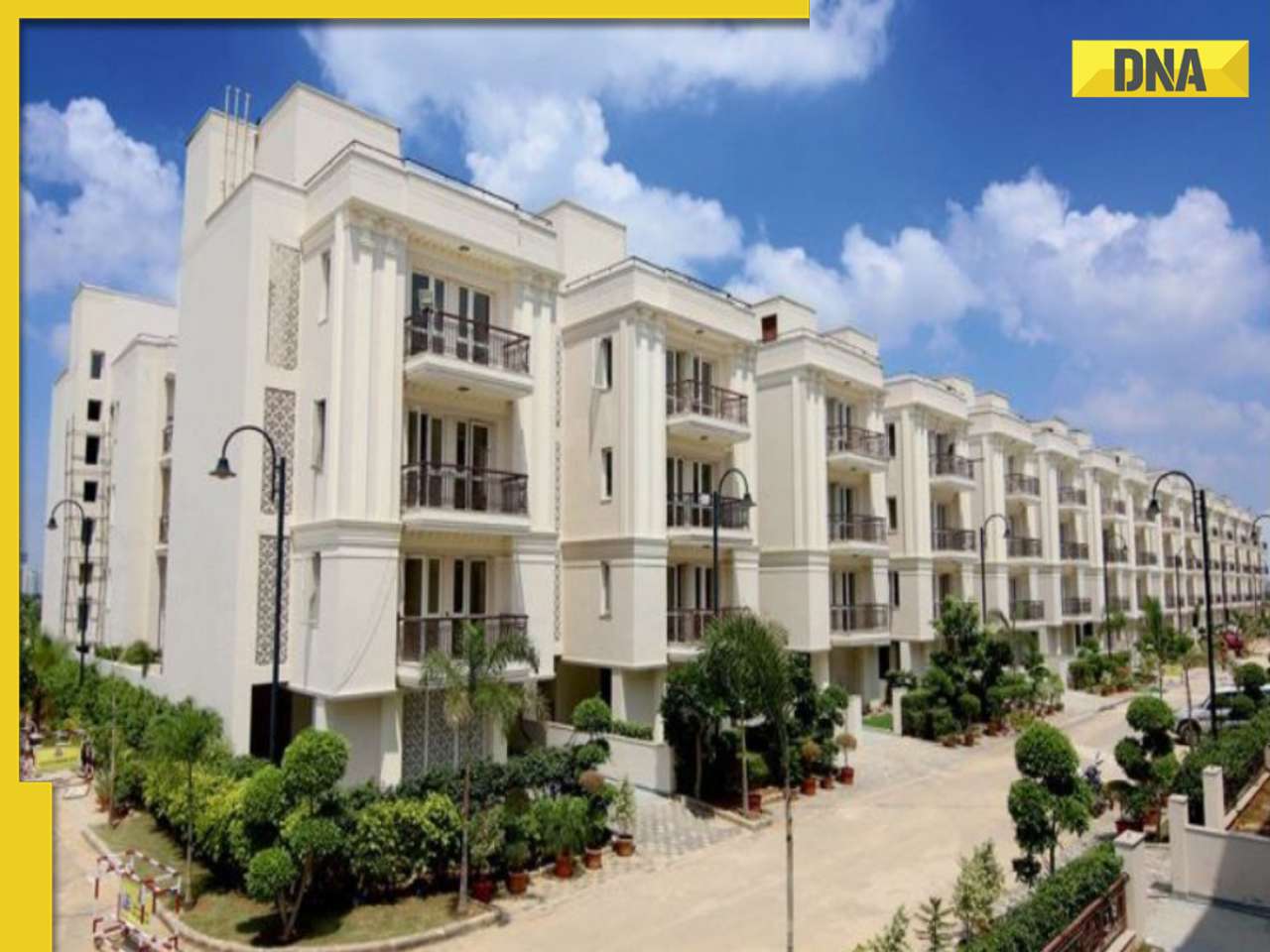



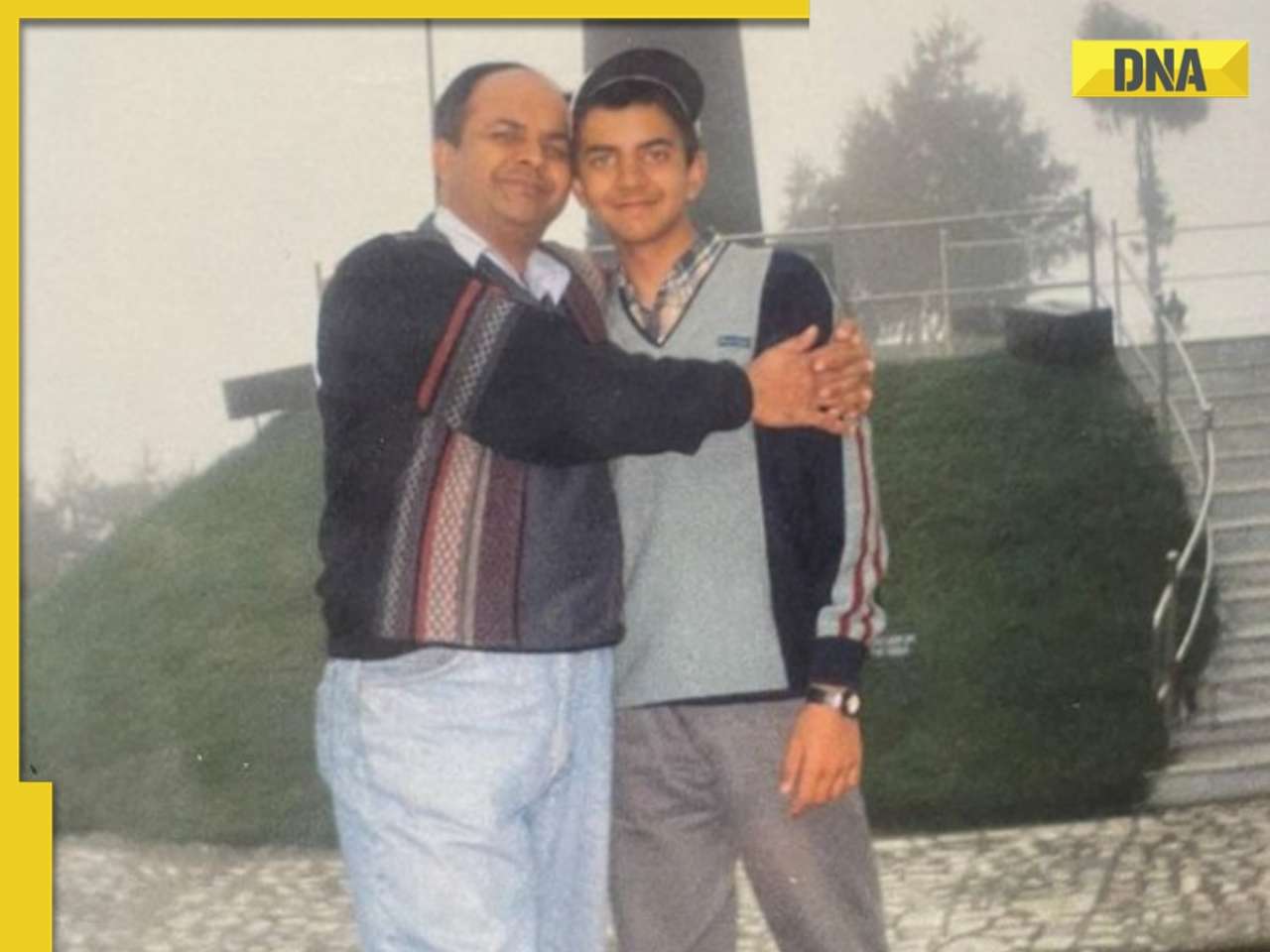





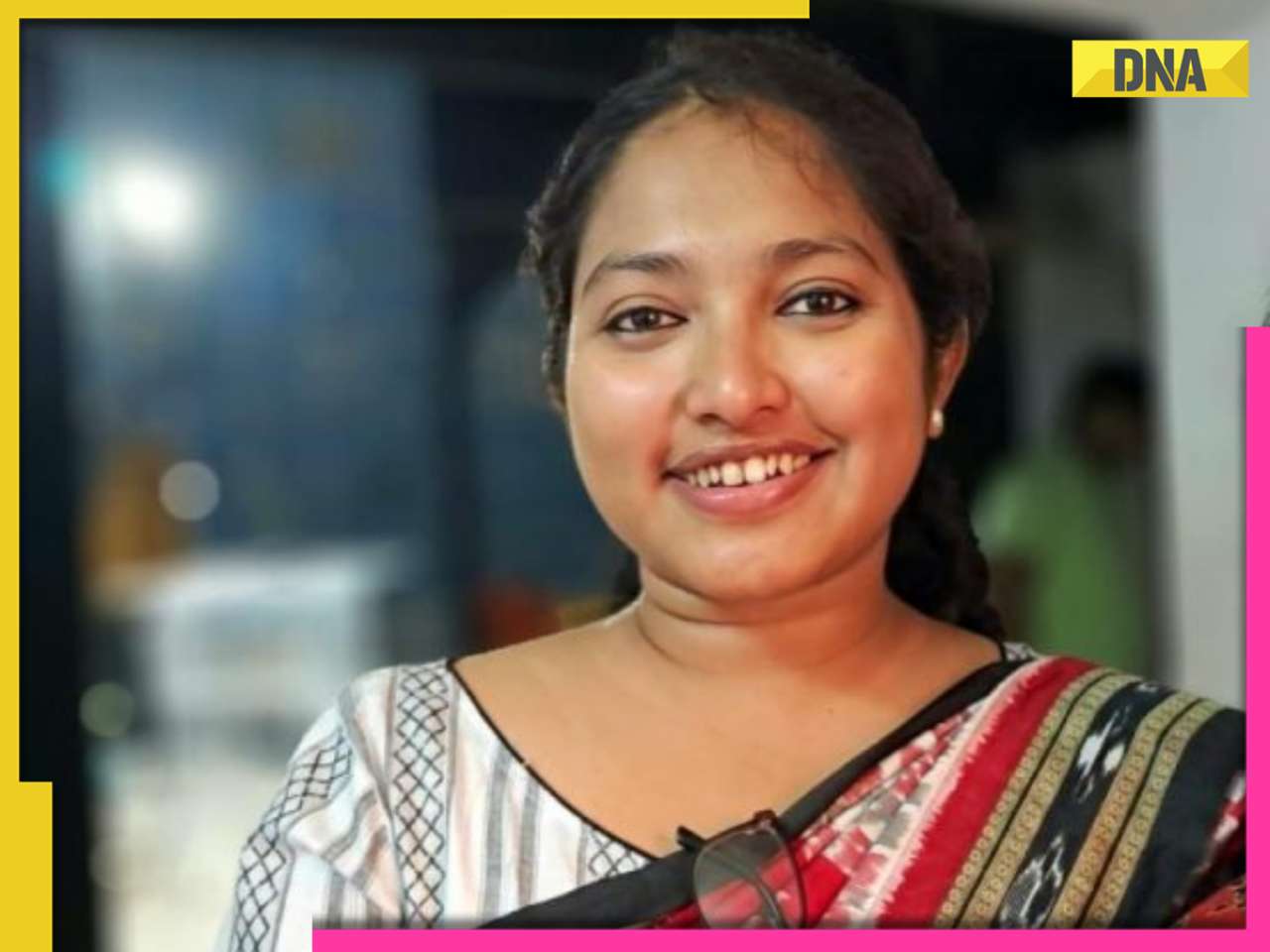

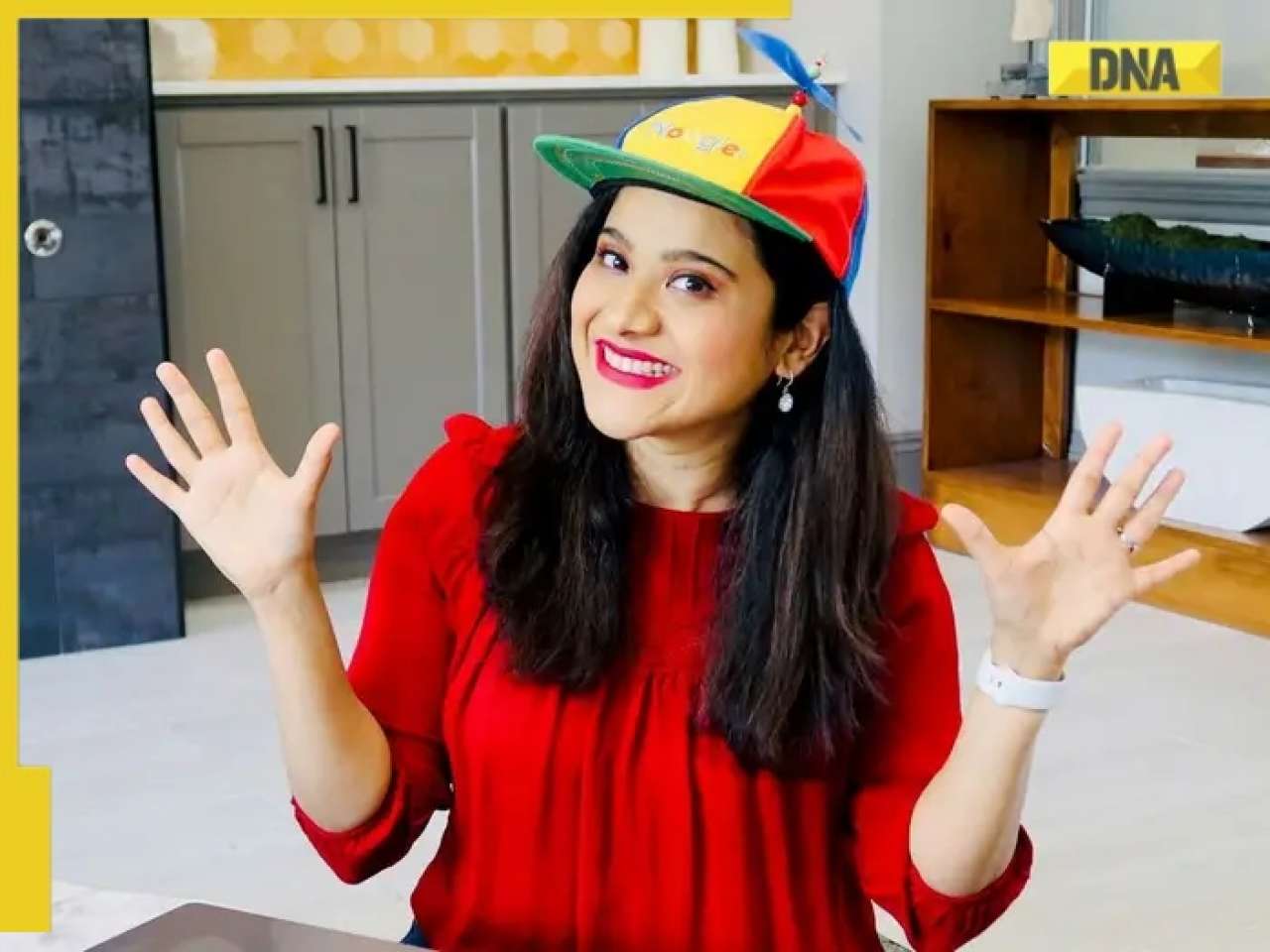
































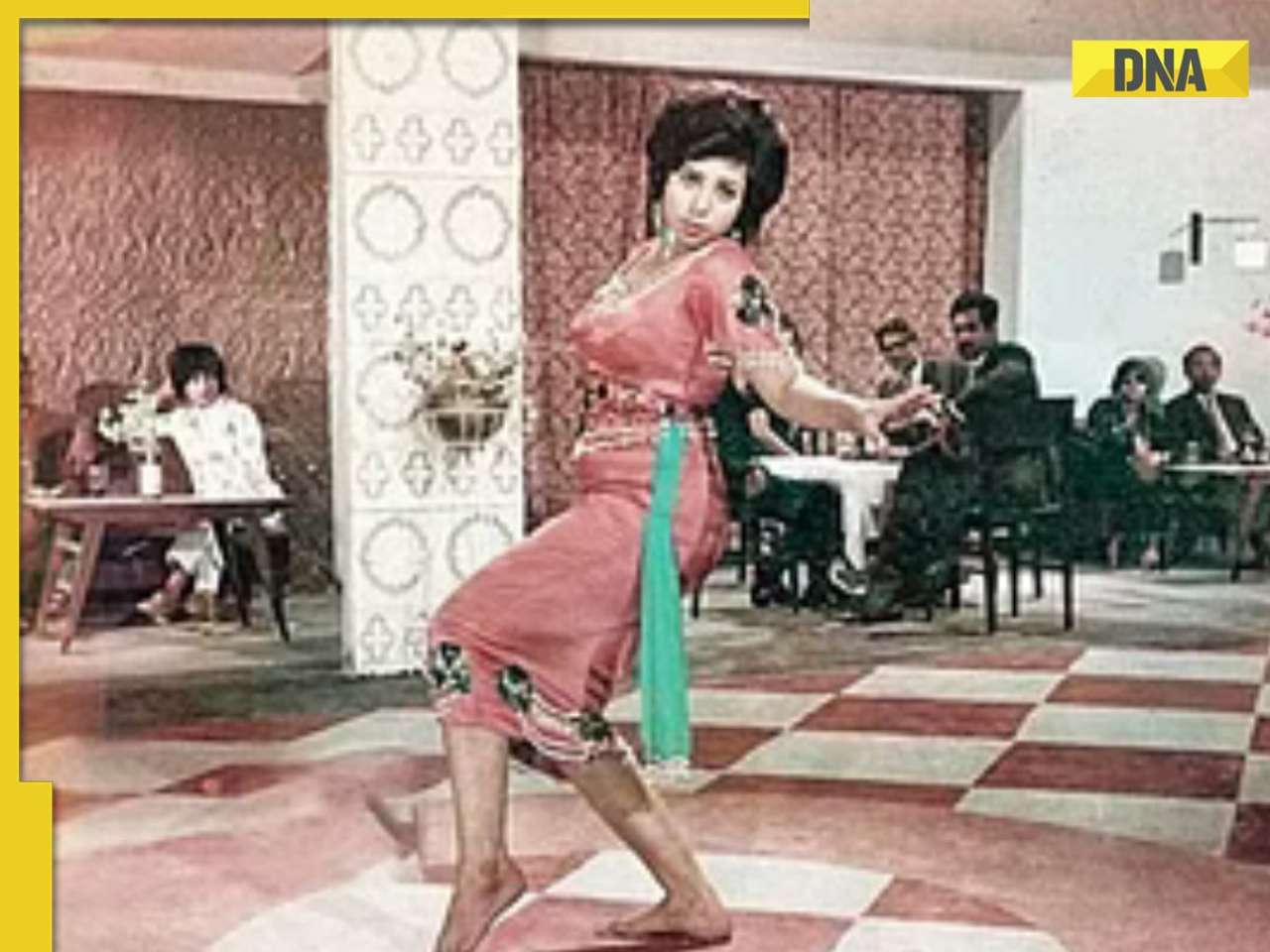








)
)
)
)
)
)